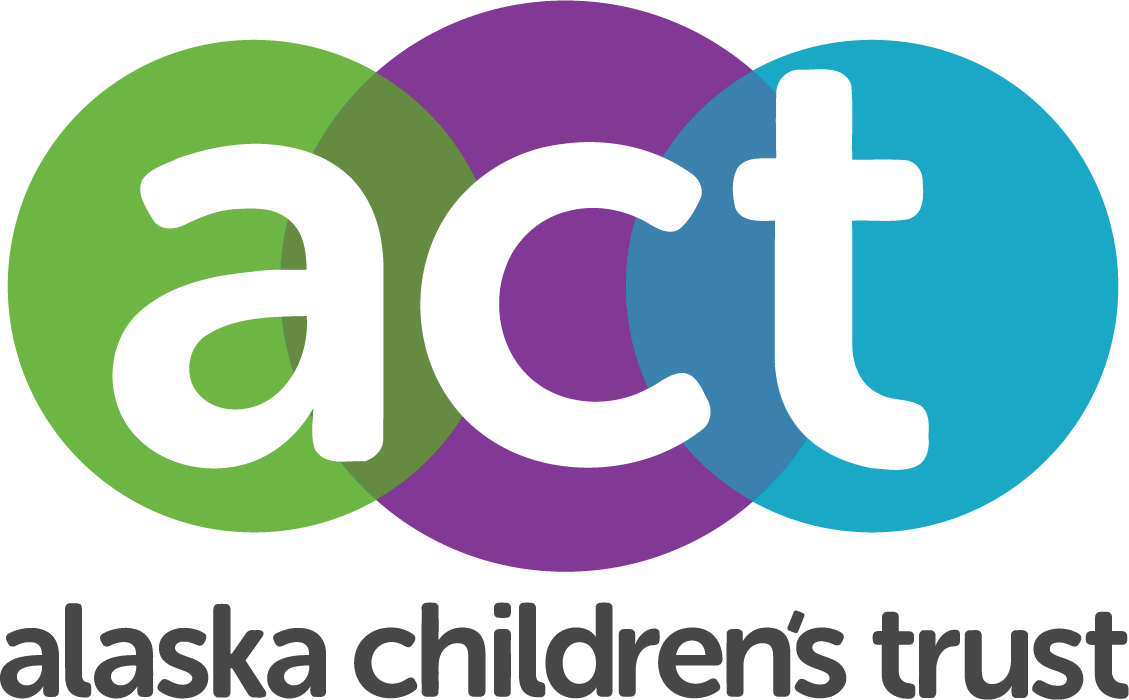The New Look of a New School Year: How COVID is Changing Back to School
By Mike Hanley, Educator and Alaska Children’s Trust board member
Fall is typically an exciting time of the year for families, with schools promising new beginnings, new teachers, and new friends for our children. When disaster and trauma came unannounced to our communities this spring in the form of a virus, all that was set aside. Unlike typical disasters, when a specific event occurs and those in its wake work to recover, COVID-19 has persisted for over seven months now, challenging the health and well-being of even Alaska’s strongest families.
Now it is time for our kids to head back to the classroom, some virtually and some physically, with the same anticipation and hope that they have always had. They know that they will be tasked with academic expectations, but more importantly, they hope to build memories, experiences, and friendships with adults and peers alike that will last long after the math and reading lessons. Teachers hope for the same.
We face two challenges to be able to do that while under the umbrella of trying to mitigate this virus. The first is that a majority of our students will arrive in school with more stress and potentially more ACES (adverse childhood experiences) than when they left in the spring. The pressure that our families have felt for the last seven months have been experienced by our children as well. That tension has been sustained, and for most, hasn’t let up yet. The comfort of a healthy rhythm in their lives, from a normal school schedule, summer activities, and travel, have all been disrupted – without a healthy alternative to engage their minds and bodies.
The second challenge that our teachers are faced with is the ability to be emotionally connected while still physically distant from their students. On their path towards certification, every teacher has learned that before a child can learn, there has to be a sense of safety, and basic physical needs must be met. The ability to address that through a computer screen or from a 6-foot distance is difficult at best. The loss of a simple confirming touch from a teacher or even the inadvertent bumps and touches between peers in the hallway or during lunch will make these critical social connections hard to make. The requirement for masks in our schools will restrict yet another needed means of connection.
The American Academy of Pediatrics recognizes that our schools have always been key components in the overall health of our children. Schools provide needed social interaction, a sense of belonging in a setting beyond the family, and the opportunity to gain a feeling of accomplishment and self-esteem. Each of these build resiliency and increase the ability to deal with the stresses in life. This is even more important for our children living in poverty and with disabilities, who disproportionately face the effects and stresses of being isolated from their peers and other positive adults in their lives.
This fall, our schools will look differently than they have in the past. Their goal amidst increasing challenges hasn’t changed, though. Every teacher will be working to meet the needs of the children and young adults in their classrooms so that they can, in turn, meet their needs as students.
We all want our children to be prepared for the world when they leave our K12 school system. This fall especially, let’s not jump to the scores on a test or quiz as the measure of our children’s success or preparedness. That will come, but only after we help them navigate this time in their lives that none of us had to experience as kids and none of us could have anticipated. Activities that may seem non-academic may be some of the most critical aspects of a child’s time as they re-engage and work to rebuild those connections with their school community.
Our kids will get through this. Our schools are working hard to make that happen.
Mike Hanley has been an educator in Alaska for the last 30 years. He has been an elementary classroom teacher, a principal, a superintendent, and the commissioner of education under two governors. He has raised two children, who both spent 13 years in the public schools. He and his wife, Angela, have been blessed with two new grandbabies.
